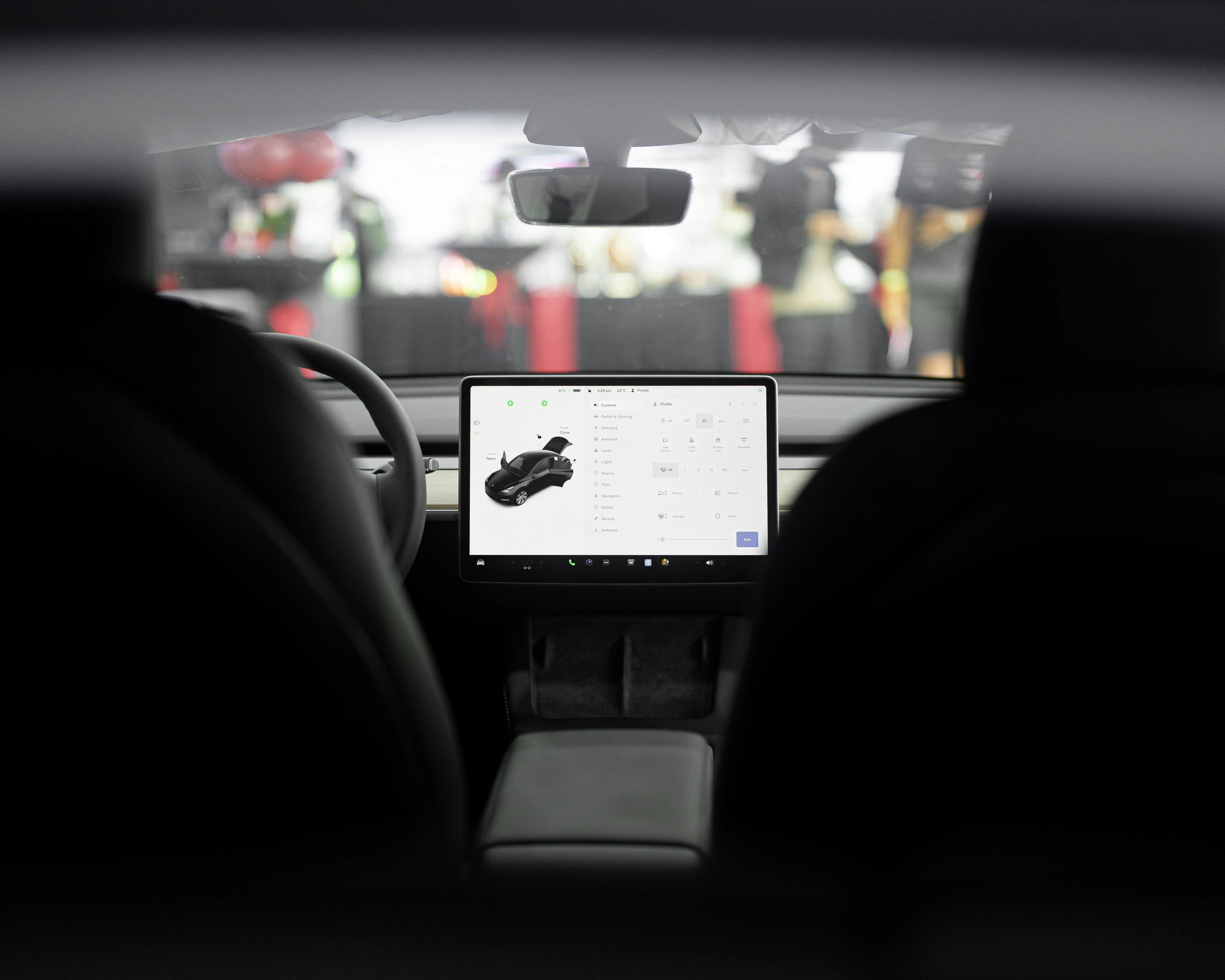When Driving Aids Become Driving Hazards

As the automotive industry races towards a future dominated by self-driving cars, many vehicles on the road already feature advanced driver assistance systems (ADAS) designed to make driving safer and easier. However, a new study from the University of Texas at Austin raises a red flag about these technologies, suggesting that they may inadvertently lead to increased risks on the road.
The study delves into the paradoxical nature of ADAS, which includes features like adaptive cruise control, lane departure warnings, and automatic emergency braking. While these systems are engineered to reduce human error, a leading cause of accidents, they may also foster an unforeseen complacency in drivers. This complacency, researchers suggest, could backfire, diminishing the overall safety benefits these systems aim to provide.
Lead researcher Dr. Yan Leng highlights a critical issue: "When drivers become too reliant on technology, they may pay less attention to the road, believing the system will handle everything," she explains. This false sense of security can lead to slower reaction times and a lack of preparedness for when the technology fails or encounters scenarios outside its operational design.
To uncover these insights, the research team conducted a comprehensive analysis of driving behavior both with and without ADAS. The findings show that drivers using assistance systems were more prone to distraction and less likely to engage in active monitoring of their surroundings. This behavioral shift could potentially neutralize the safety advantages offered by the technology.
Moreover, the study emphasizes that the current design of ADAS may not sufficiently account for the diverse range of human behaviors and decision-making processes. As a result, drivers might misinterpret the systems' capabilities and limitations, leading to misuse or over-reliance.
So, what’s the solution? Dr. Leng and her team suggest that enhancing driver education and training regarding the realistic capabilities of ADAS could be pivotal. They propose that manufacturers should focus on creating more intuitive interfaces that clearly communicate system status and limitations to the driver.
As we stand on the brink of a technological revolution in transportation, this study serves as a crucial reminder that innovation must be paired with an understanding of human behavior. As Dr. Leng aptly puts it, "Technology should support the driver, not replace their vigilance." The road to safer driving is paved not only with advanced tech but with the knowledge and awareness of those behind the wheel.